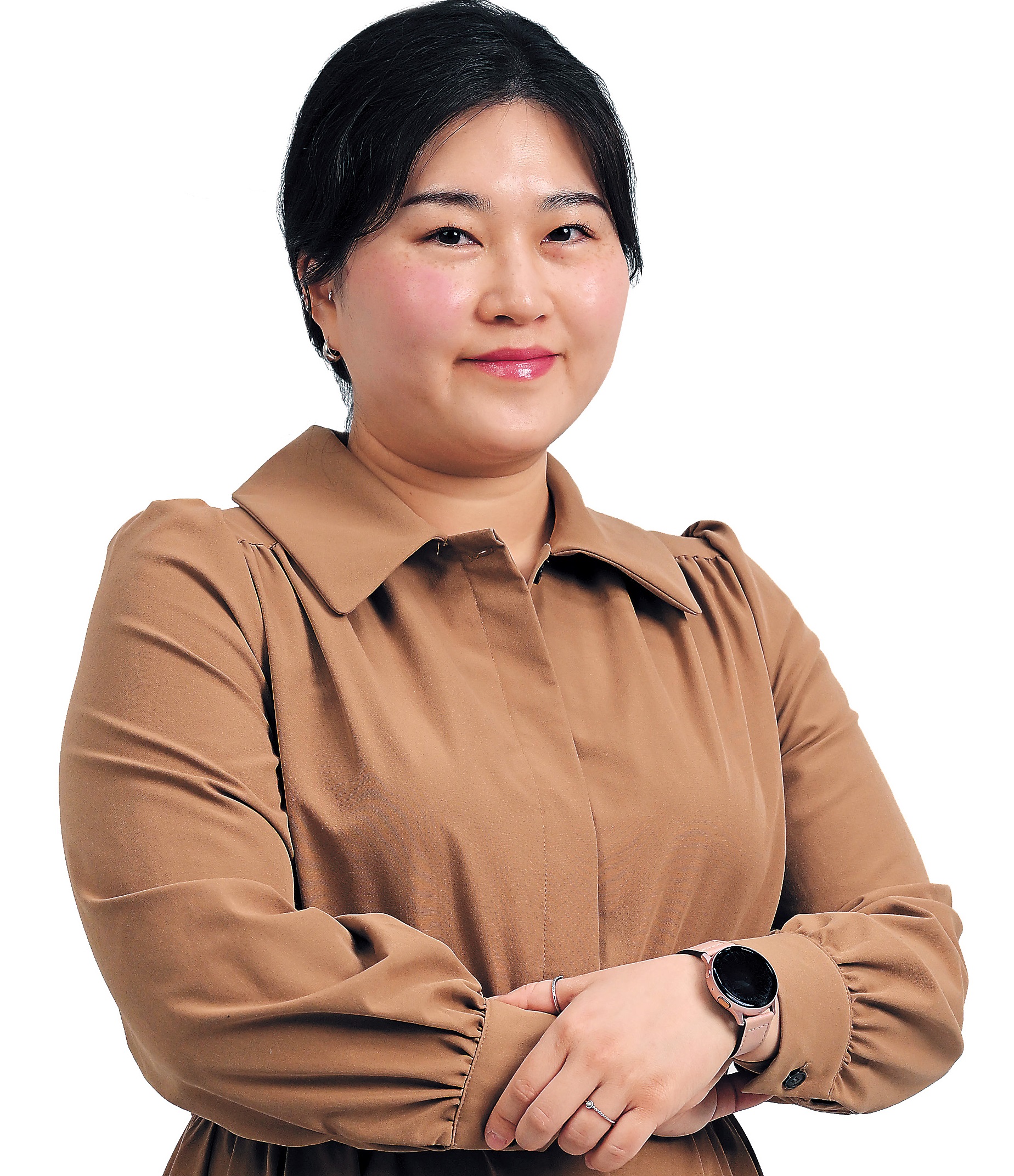Korean doctors see income surge amid intensifying physician shortage
By Lee JaeeunPublished : Oct. 29, 2023 - 14:58

Amid a shortage of physicians and the second-lowest doctor-to-population ratio among the Organization for Economic Cooperation and Development countries, South Korean doctors have seen a substantial increase in their income, making them some of the highest earners in the medical field across surveyed OECD nations.
The Korean government plans to address the country's doctor shortage by increasing medical school enrollment quotas, a move prompted primarily by a market structure that limits the number of physicians through such limits on medical school enrollment.
According to the 2023 OECD Health Statistics report, doctors in Korea out-earn their counterparts in 27 other member countries that submitted relevant data. Following Korea, the top earners are found in the Netherlands, Germany, Ireland and the UK. The US was among the countries that did not provide data.
According to the report, the annual earnings of salaried specialists in Korea averaged $192,749 in 2020 when adjusted for purchasing power parity, which factors in local living costs. This figure surpassed the OECD average by 60 percent. Meanwhile, salaries for Korean general practitioners ranked sixth.
In 2020, self-employed doctors in Korea earned an annual income of $298,800, taking PPP into consideration. Of the seven countries that provided data, this figure ranked second behind Belgium, where self-employed doctors earned an average of $337,931 in 2021.
Korea is also seeing a steep growth in doctors’ income compared to other professional occupations, according to data released by the National Tax Service. The average annual income of self-employed specialists, including physicians, practitioners of traditional medicine and dentists, was 269 million won ($218,000) as of 2021. The figure stood at 173 million won in 2014, showing a 55.5 percent increase. In contrast, the average annual income of lawyers in Korea showed only a 12.7 percent increase over the same period. Lawyers earned an average of 102 million won in 2014, which increased to an average of 115 million won in 2021.
Korean doctors' comparatively higher salaries when compared to other OECD nations and other professions appears to stem from the relative scarcity of medical professionals in the face of significant demand for health care services.
In 2021, Korea had 2.6 active clinicians per 1,000 people, including practitioners of Korean traditional medicine. This figure surpasses only Mexico's 2.5 clinicians among OECD member states, according to the report. When traditional medicine practitioners are excluded, Korea ranks at the bottom among OECD nations. Leading the list were Austria, Norway and Germany with 5.4, 5.2 and 4.5 clinicians per 1,000 individuals, respectively.
Korea also reported a low number of medical school graduates, with 7.3 per 100,000 people, ranking third lowest after Israel and Japan. This figure is nearly half of the OECD average of 14 graduates per 100,000 people.
Despite the limited number of medical school graduates, the demand for medical services in Korea remains elevated. In 2021, Korean nationals sought outpatient care consultations at an average of 15.7 times per person, the highest frequency among OECD nations and 2.6 times the OECD average of 5.9.
The Korean government seeks to increase the medical school enrollment quota, which has been fixed at 3,058 since 2006 due to fierce opposition from doctors’ groups. If approved, the new quota would take effect starting in 2025.
Health Minister Cho Kyoo-hong said Friday that the government would allow some universities to increase the quota in 2025 "if they have room to increase their capacity." "Given the pressing nature of this matter, we will aim to increase the quotas for existing medical schools. We will also continue to review the plan to open new schools in the provinces," Cho added.
The Ministry of Education announced on Sunday that it would send an official letter to 40 medical schools nationwide and conduct a survey related to the expansion of admissions quota over two weeks. At least two-thirds of medical schools nationwide are expected to request an increase in the enrollment quota, according to multiple sources.




















